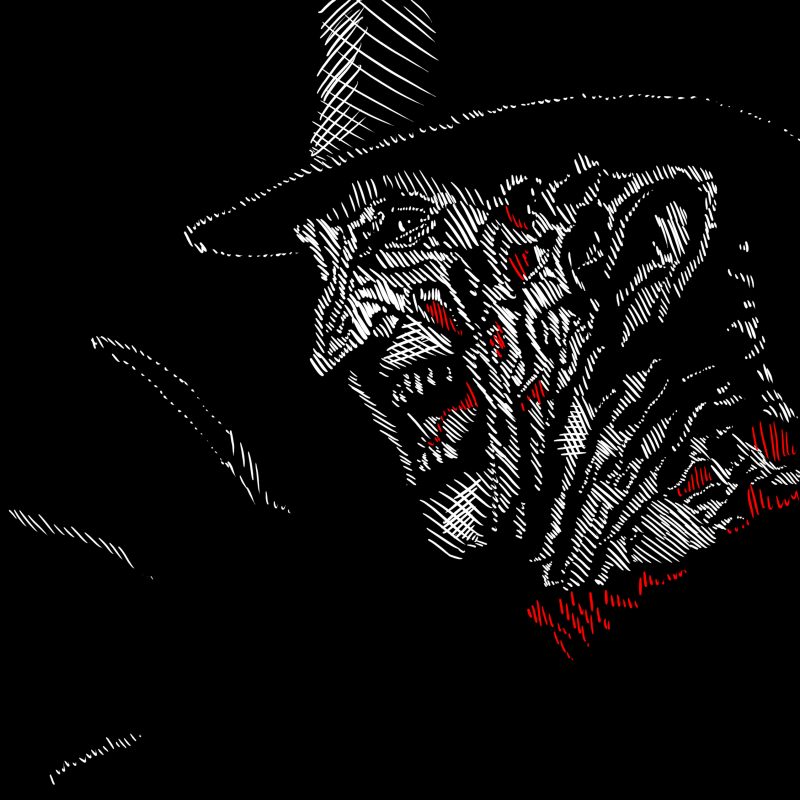We’re in the midst of Halloween season: autumn tones adorn shop windows, inflatable skeletons guard cobwebbed houses, and our collective fears of the political climate may be displaced into fictional representations of sinister iconography. Horror movie season is the best time to honor the instinct to displace real fear.
This is, however, also a time to be mindful of the ways different horror movies represent gendered violence and vilify female relationships, especially in regard to depictions of gender relations and sexual orientation. Efforts towards mindfulness are paramount because negative representations of gender and sexual minorities can have lasting consequence on real people.
Horror movies have typically always had some sort of moralizing slant, addressing through their conceits various anxieties the audiences possibly share. For example, classic serial killer and slasher films tend to reflect the dual anxieties of living in the isolated grids of suburbia and the freedom of teens to have premarital sex. These films do this by positioning the audience in an uncomfortably voyeuristic standpoint before capitalizing on that discomfort with a visceral depiction of these teens dying.
The relationships between violence towards young women and masked male figures (see: Michael Myers, Jason, etc.) can indicate numerous social dynamics. These dynamics include the surface-level observation that leveraging women’s on-screen suffering as a shock factor can either trivialize women’s collective fear — fear that often becomes reality for many women, whose risk of violence is historically higher than men’s — or can voice a weird poetic justice that simultaneously sexualizes women and condemns sexuality.
The effect slasher films has on the American psyche is hard to pin down, specifically because of these ambiguities: are they fetishizing women’s suffering for the enjoyment of men, or are they commenting on the social phenomena that creates this suffering? Are they using the pretense of a stalking murderer’s presence to justify depicting young women in sexual situations, or are they attempting (however poorly) to interrogate the bigger forces that shame women for not being “pure”?
Because of the typical depictions of graphic mutilation, there’s simultaneously a universalizing effect and a polarizing effect on the audience. For one thing, most people might respond to gore with repulsion — mild or not — for obvious reasons. But different people will receive the film as a whole differently depending on their position in society.
For instance, look at the campy horror film “Jennifer’s Body,” written by Diablo Cody and directed by Karyn Kusama. “Jennifer’s Body” was intended to function as a deconstruction of the stereotypical slasher film by placing girls as protagonists. Their relationship is interrupted by a demonic possession that leads the eponymous Jennifer, played by Megan Fox, to eat the flesh of her male classmates.
On one hand, Cody herself made this intention clear in an interview with Reuters. “[Kusama and I] wanted to subvert the classic horror model of women being terrorized,” Cody said. “I want to write roles that service women. I want to tell stories from a female perspective. I want to create good parts for actresses where they’re not just accessories to men.”
Aside from Jennifer’s newfound predilection for devouring teenage boys, the narrative emphasizes the female perspective through the overt lesbian subtext between Jennifer and the other main protagonist, Needy, played by Amanda Seyfriend. The relationship, portrayed as a very close friendship, is developed by Needy’s growing concern for Jennifer, culminating in a final battle between the two that puts an end to this relationship.
While the depiction of lesbianism subverts many of the tropes discussed above, specifically with regard to the prevalence of men in the narrative, there’s a problem with identifying “Jennifer’s Body” as a uniquely lesbian film. It concludes by honoring Needy’s obligation to prevent more boys from dying. By aligning Jennifer’s attraction to Needy with demonic possession, the film presents the female perspective as deviant from human morality, thus reinforcing tropes that similarly demonize lesbian attraction as categorically predatory.
A film that misrepresents lesbian attraction in this way still falls into the same traps that classic slasher films do: it can be read in good faith, where the kitschy darkness of demonic teen life presents a fun and frightening movie-watching experience, or it can be read in bad faith, used against lesbians to justify homophobic beliefs that are perpetrated by movies beyond just the horror genre.
Marginalized communities should have every right to express justified contempt for their oppressors. And reclaiming media that was previously leveraged against marginalized people is a personal, delicate decision that we should all consider deeply, especially given the personal nature of watching a horror movie that affects us in individual ways.







